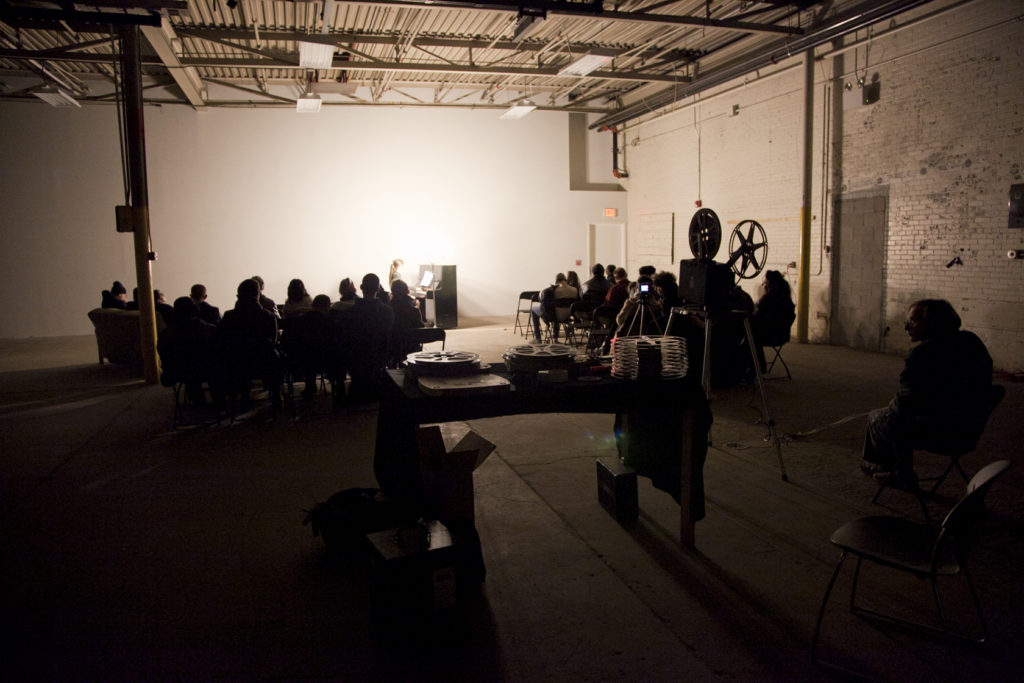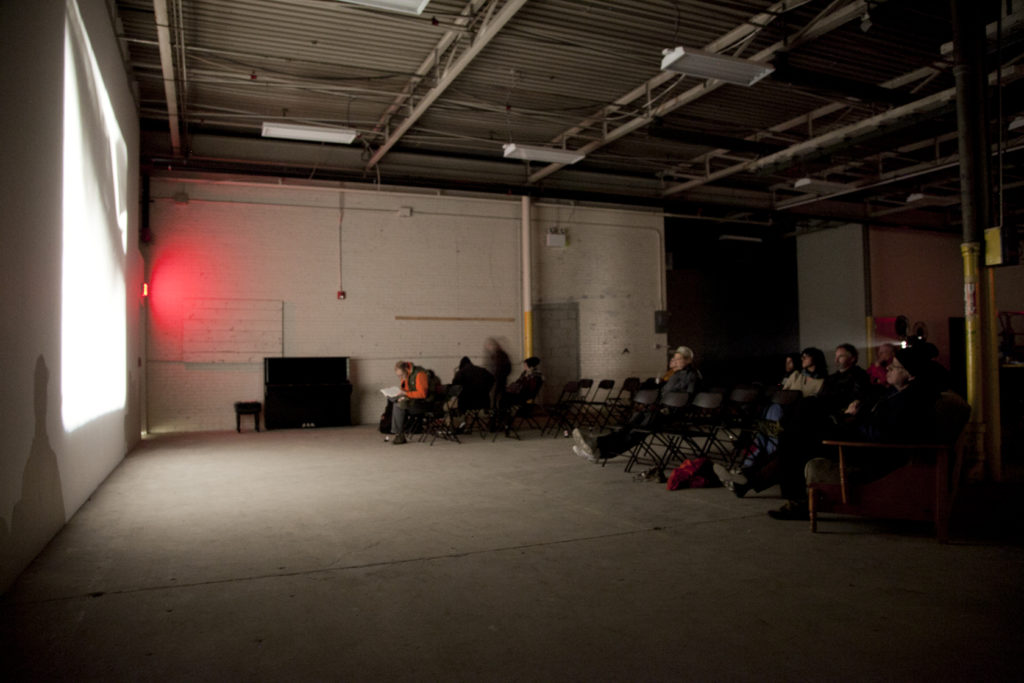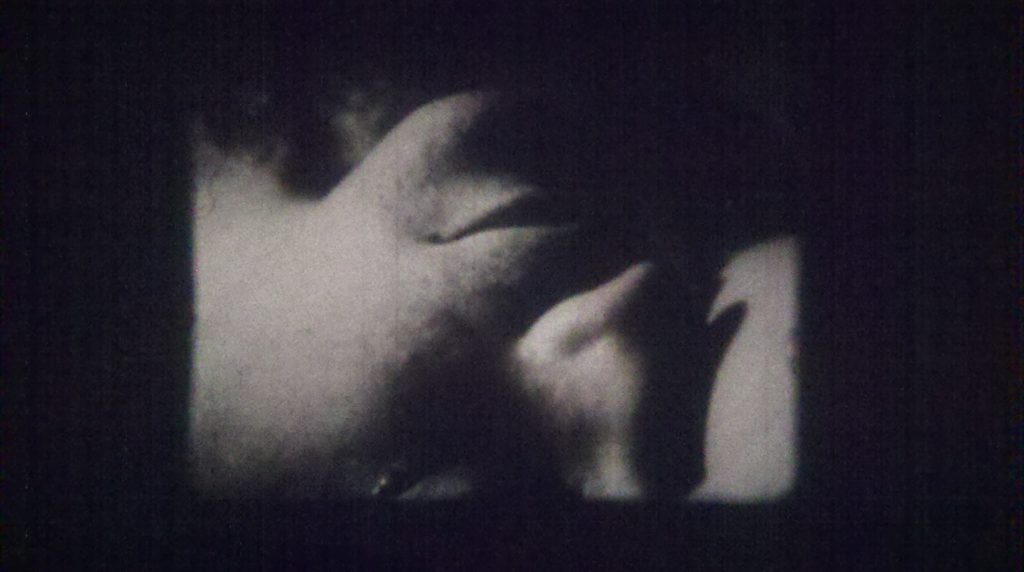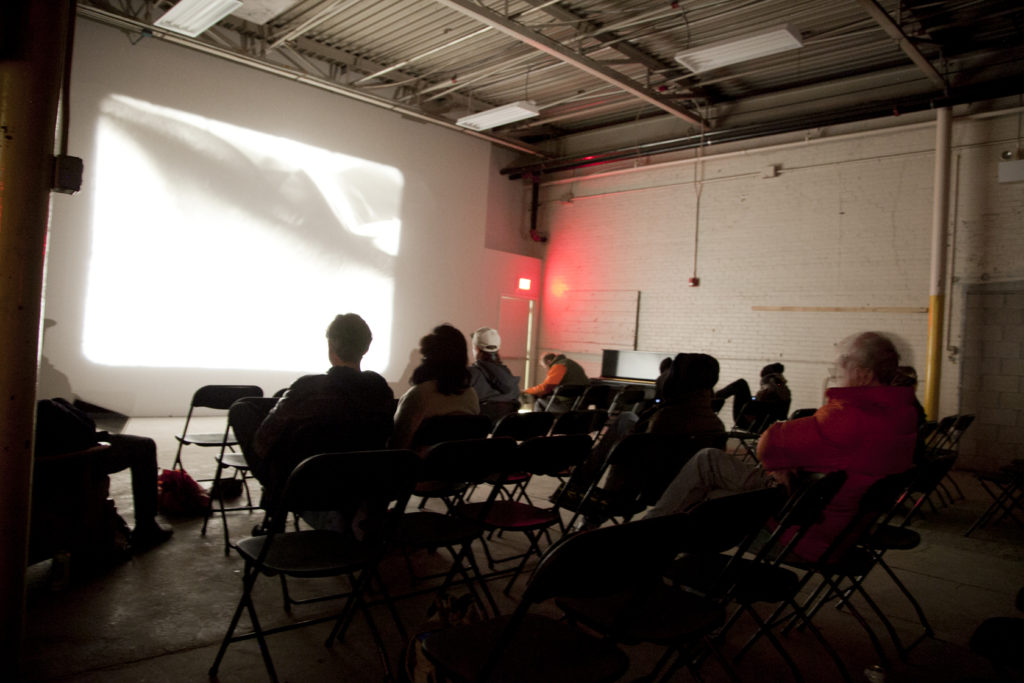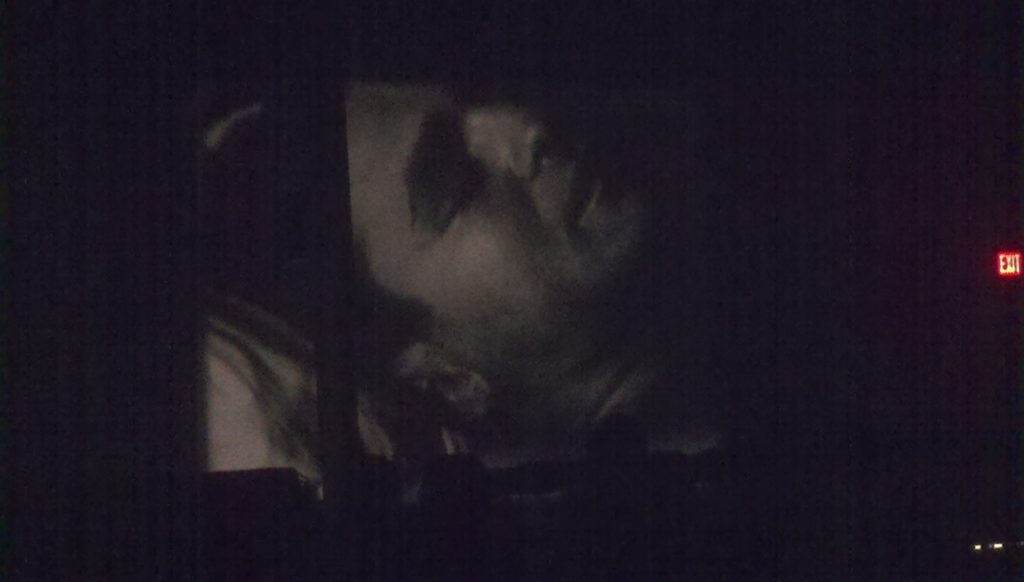41.81471°N -71.42251°E
42 Rice St, Providence
Offsite screening of the film, Sleep, by Andy Warhol
Performance of Erik Satie’s 1893 piano composition, Vexations
Presented in collaboration with Magic Lantern Cinema
Film courtesy of MoMA
Funded by the Malcolm S. Forbes Center for Culture and Media Studies, Brown University
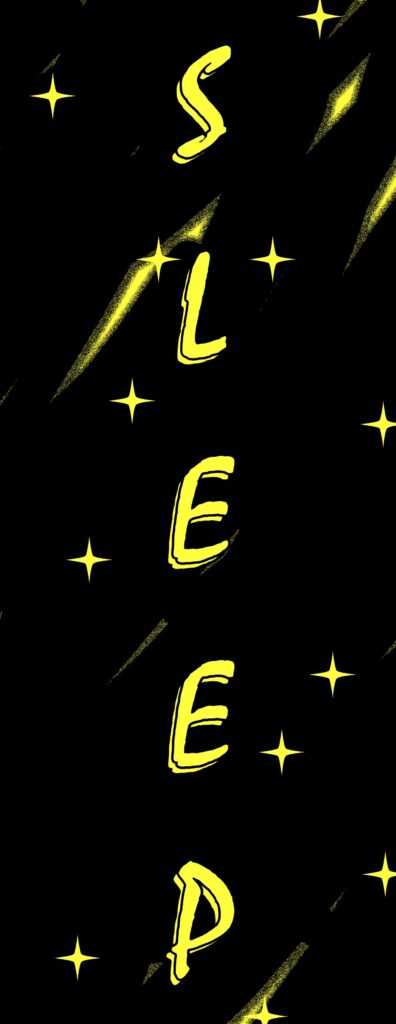


Programme pamphlet design by Dan Brewster
“What is sleep, after all, but the metabolic transformation of the entire experience of time, our nightly release from the clock’s prison…”
– Stephen Koch
The first film that Warhol made after purchasing a 16mm camera in 1963, Sleep, began as an experiment to document an activity that the amphetamine-induced energy of the 1960s seemed to be rendering obsolete. Yet Warhol’s film is not simply a documentary, but an erotic milieu for ruminating the philosophical implications of time and repetition, as well as a physical meditation on the materiality of film itself.
Warhol completed the film after his experience attending John Cage’s 1963 performance of Erik Satie’s epically repetitive work for piano, Vexations (1893) – a 52-beat segment played slowly and in succession 840 times. The repetitive structure of Vexations is apparent in Sleep as well: recorded as a series of 100 ft. rolls (approx. 3 mins) shot from multiple angles over a period of several weeks, individual rolls were then repeated through loop-printing and edited into highly complex sequences, often with emulsion and perforations left as-is. And though the entire film was shot at sound speed (24fps), it was meant to be projected at silent speed (16 or 18fps), causing movements to appear in an ethereal slow-motion.
The result is a highly constructed piece of minimalist long-form cinema whose emphasis on time, materiality, repetition, and the quotidian has drawn comparisons to modernist painting while also earning Warhol a position as “the major precursor of structural film” and a 1964 Independent Film Award for “taking cinema back to its origins.”**
Sleep premiered in New York City’s Gramercy Arts Theater in 1963. But the film’s extreme stillness and duration have been said to promote a more casual and intermittent approach to spectatorship than that affiliated with theatrical exhibition, encouraging viewers to “chat during the screening, leave for a hamburger and return, [or] greet friends [while] the film serenely devolve[s] up there on the screen.”***
To mark this significant event, there will also be a staging of the musical performance that is said to have inspired the film. Two Providence-based musicians, Sakiko Mori and Daryl Seaver, will be conducting a 45 minute performance of Erik Satie’s, Vexations, preceding the screening.
*Jean-Luc Nancy, The Fall of Sleep (New York: Fordham UP, 2009): 19.
**P. Adams Sitney, Visionary Film (New York: Oxford UP, 2002): 349; Film
Culture 33 (Summer 1964): 1.
***Stephen Koch, Stargazer: The Life, World and Films of Andy Warhol (New York:
Marion Boyars, 1991): 39.


Images courtesy of the Andy Warhol Museum
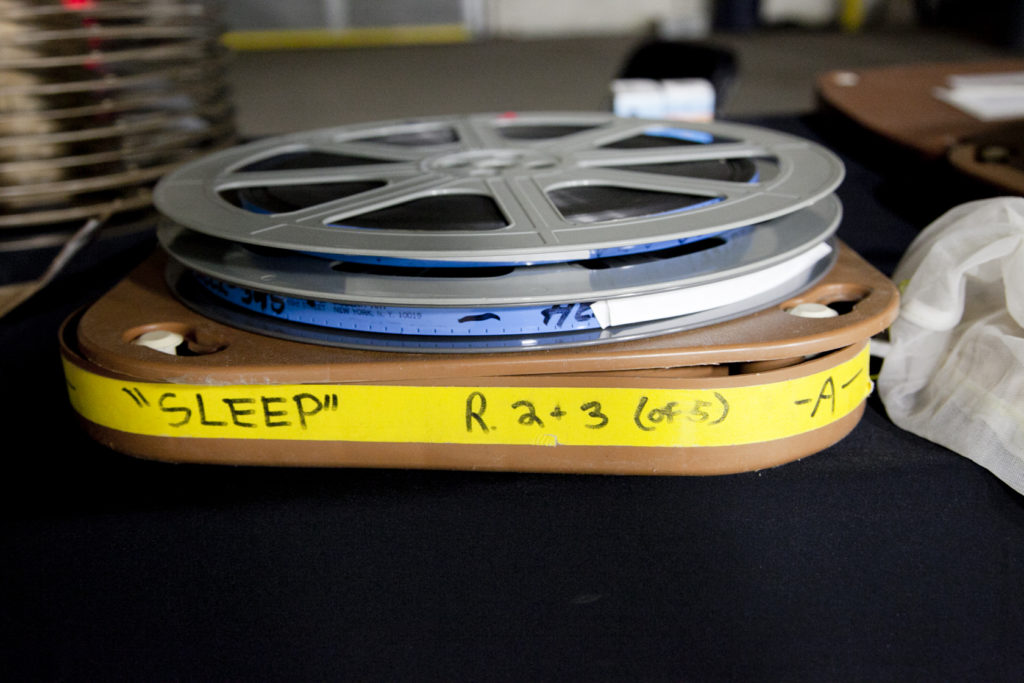

Magic Lantern Cinema
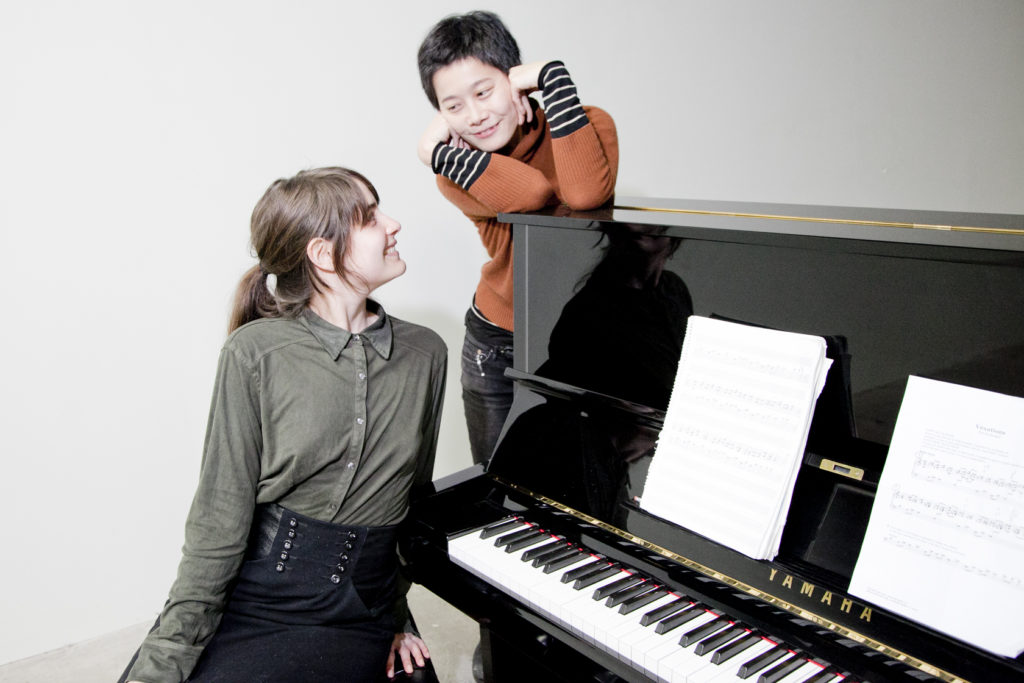
Performance of Erik Satie’s, Vexations, by Sakiko Mori and Daryl Seaver

